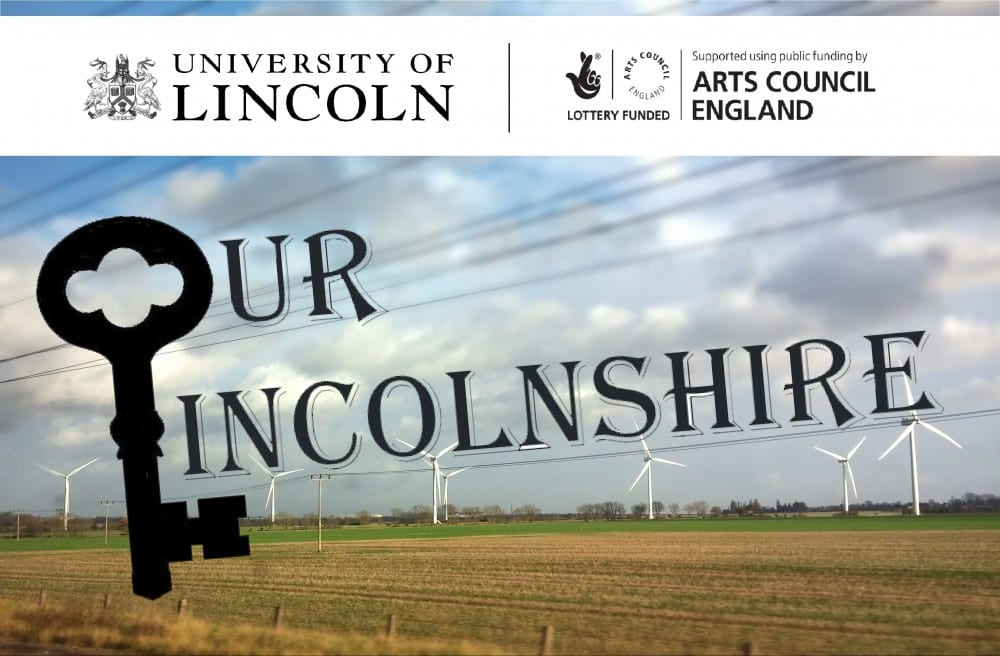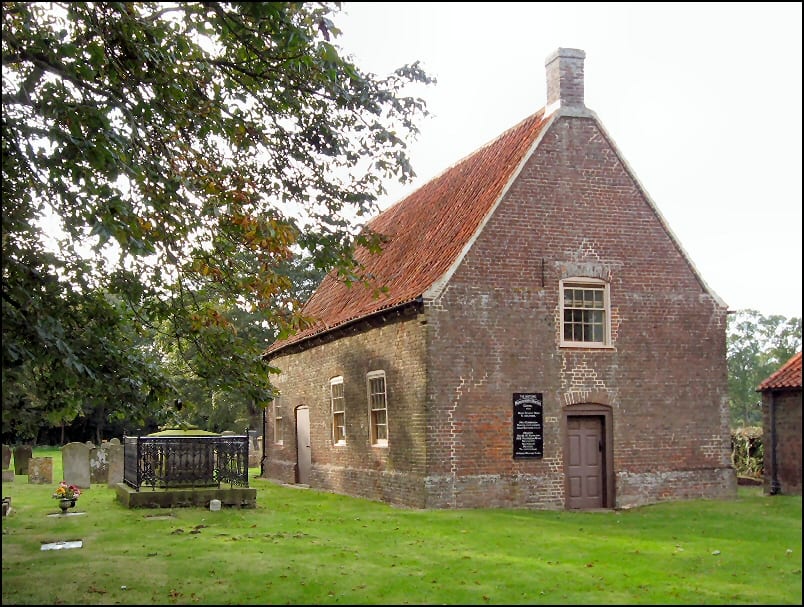In the grounds of Gunby Hall in Lincolnshire sits a tiny and largely hidden historic Baptist chapel. Monksthorpe Baptist Chapel is supported by a group of volunteers called the Friends of Monskthorpe.
The chapel is now owned by the National Trust, who manage Gunby Hall, but a successful partnership with the active Friends group has seen the chapel continue to be used throughout the year. They hold monthly services in the summer, and a candlelit carol service in December.
The Friends group have been instrumental in developing historic interpretation at the chapel. Further information can be found on their website, at www.monksthorpe.com, and on the National Trust’s webpages, and in their published booklets.
Monksthorpe is a hamlet about 7 miles inland from Skegness, and a couple of miles from Gunby Hall, near Spilsby. RAF Spilsby airfield is nearby, from where Lancaster bombers flew in the Second World War. Near the airfield’s huge hangar, but hidden by trees, sits the plain, brick-built chapel.
The chapel has undergone major restoration since its acquisition by the National Trust. It was originally built in 1701, and although it is not known what the chapel looked like inside, it would have been plain. The building was refurbished in the 1840s.
The chapel’s small graveyard includes the grave of John Dowse, a minister and historian of the chapel in the early 20th century. There is an outdoor baptistry, where church members were baptised by full immersion in water from a nearby dyke.
The National Trust point out a number of features for visitors to spot, including an 1800s harmonium, a balcony, a pigsty next to the graveyard, Hugh Ayscough’s tomb under the pulpit, the war memorial, an escape door, and a pot-bellied boiler to keep the congregation warm.
The Friends of Monksthorpe tell the stories of religious persecution, as early Baptists dissented, refusing to worship according to the state law. They began meeting in Monksthorpe as early as 1669, in the open air at first. Those who refused to worship in the Church of England were often forced to hide to escape persecution.
In 1701, Hugh Ascough gave the Baptists two acres of land, on which they built their chapel in the form of a barn – to escape attention. In 1782 there were just under 100 members of the congregation from 20 villages across Lincolnshire.
You can read more about the history and people’s memories of Monksthorpe in their anthology, which is available through their website.
Do you know any other hidden stories about rural Lincolnshire that you think are important to tell? If so, we’d love to hear from you.

